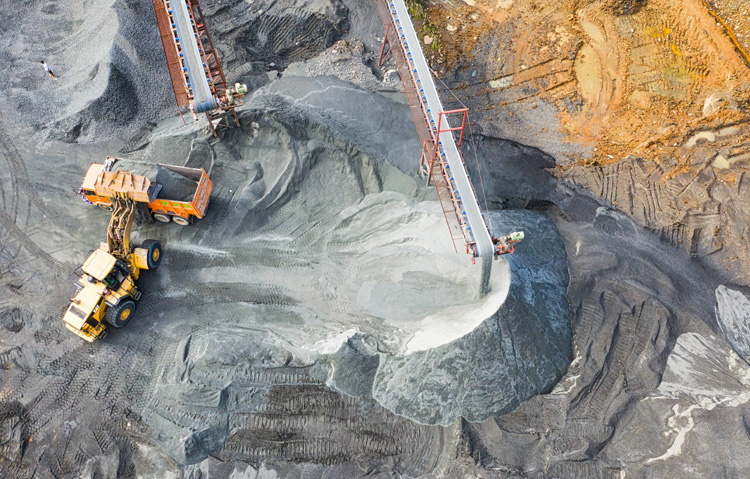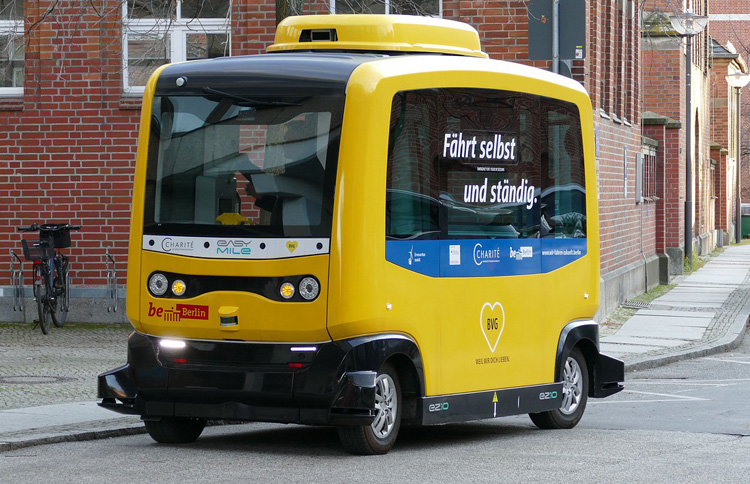LOAD BANKS ARE CRUCIAL AT EVERY STAGE OF THE BEV CYCLE
As the battery electric vehicle (BEV) market continues to flourish, and impending fossil fuel bans creep closer and closer, it’s crucial for manufacturers at every stage of the chain consider how best to ensure the correct functioning of their components. Whether it’s at the beginning, end or extreme of the BEV scene, load banks play a role in securing safe operations.
There’s no denying that the future of the automotive market is electric. According to the International Energy Agency’s Global EV Outlook 2022, EV sales doubled between 2020 and 2021, reaching 6.6 million globally. Yet with transition deadlines looming, matching demand with supply is becoming more urgent. This brings an absolute need for reliable, operational vehicles and their enabling technology.
As an essential piece of testing kit, load banks play a vital role in ensuring BEVs and their infrastructure are safe and consistent by validating the proper operational performance of components across the sector — from EV charging point testing to end-of-life battery discharge, and even Formula E pitstops.
FROM THE BEGINNING
EV charging points are a huge new focus for the automotive industry. With a target of delivering 300,000 new charging points in the UK, 500,000 in the US and 6.8 million in the EU all by 2030, production rates are rapidly on the uptake to reach these goals.
Before deploying these charging points, they must undergo quality control to ensure their operational performance. This is where load banks come into play. By stimulating an electrical load, load banks test the charging points postproduction, ensuring they are fit for purpose and to prevent any unexpected failures once set up at their designated sites.
TO END OF LIFE
As well as ensuring the operations of the EV infrastructure from the beginning, load banks also ensure the safe end-of-life disposal of lithium-ion batteries. In general, BEVs are typically expected to last between 10 and 20 years. So, although end-of-life practices aren’t a huge concern right now, they will be by the end of the decade thanks to the ongoing sales boom.
Once an EV reaches the end of its operational life, its batteries need to be safely discharged. EV batteries are typically recycled to recover their scarce heavy metal components — lithium, cobalt, manganese and nickel. But before these processes can take place, there’s an additional step that must be taken.
Even when an EV battery appears to have no charge left, it still naturally generates a small amount of charge, which can be enough to be dangerous if not completely released. By plugging the battery into a load bank, it can automatically determine the battery’s current capacity and continuously discharge it, dissipating the excess electronic load. Removing any remnant charge makes the battery safe for dismantling and metal component extraction, for reuse in the next generation of EV batteries.
AT THE EXTREME
While the electrification of commercial vehicles dominates the automotive market, there are additional applications sitting at the extreme of the electric revolution. That includes the rise of Formula E — the all-electric FIA World Championship. In the electrical future of motorsport, there remains additional considerations regarding the safety of mechanics during pitstops.
While pitstops are not mandatory at the moment in Formula E, thanks to the extended battery life and the use of all-weather tyres, they can still be required in the event of a puncture or other damages. In Formula E, because there are so many electrical components running at such a high voltage, there’s a great risk of electrocution if a fault results in the car’s body becoming live.
To protect mechanics and drivers, load banks are used to consume the car’s electrical circuits power and dissipate, temporarily discharging it and ensuring the system is safe for close contact.
As time goes on and EVs become more widespread, both on the road and track, load bank testing for BEVs will become commonplace. While the EV rollout may be in full swing, getting the right technology in place to ensure safe, correct operations at the beginning, end and extreme of the market is crucial to success.
CRE467


